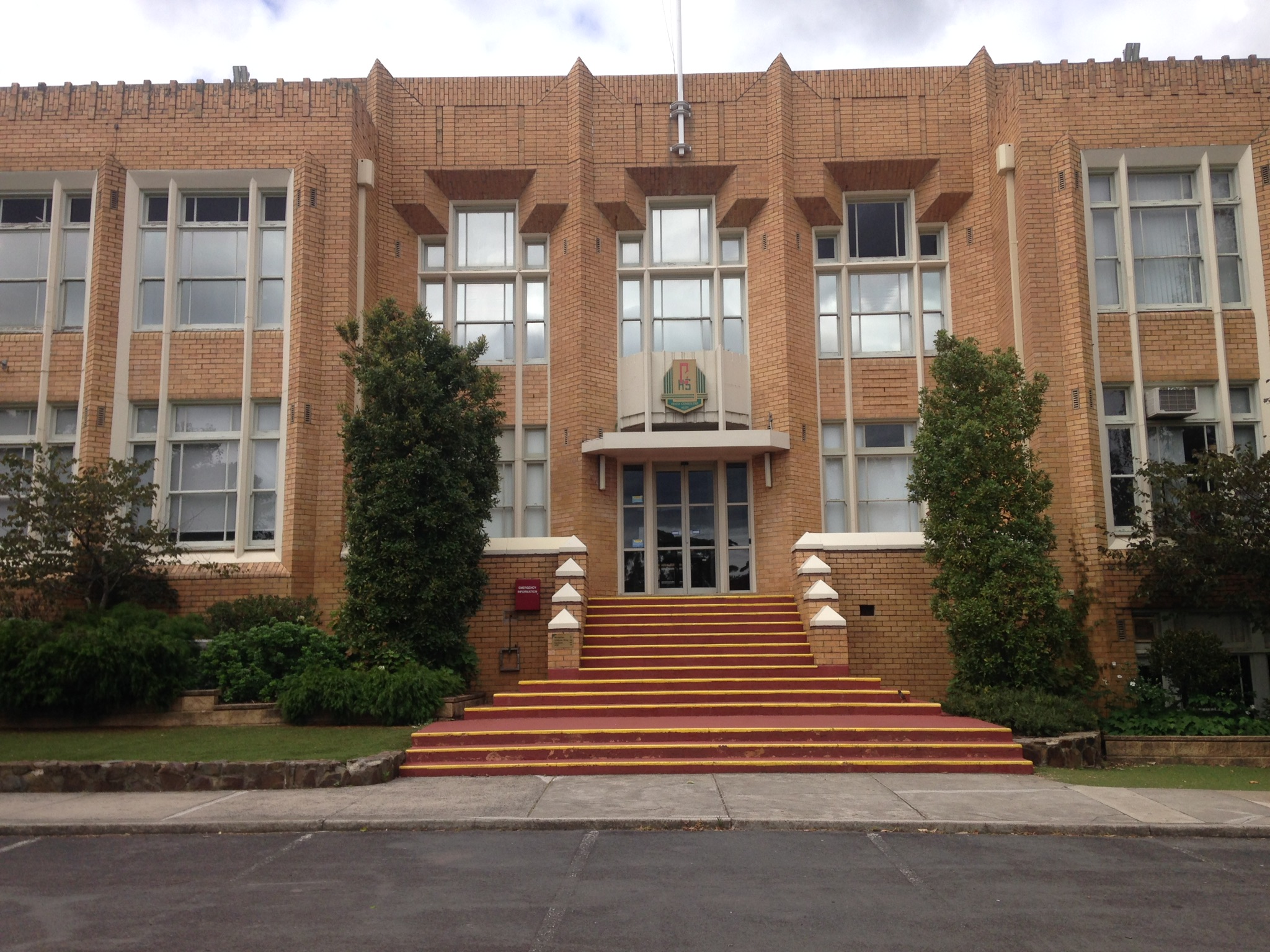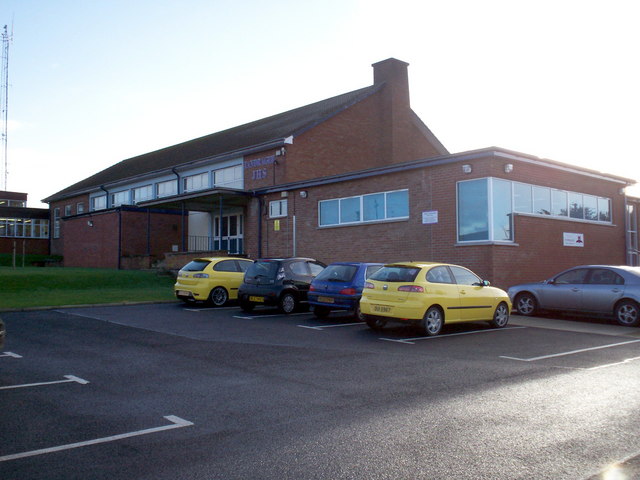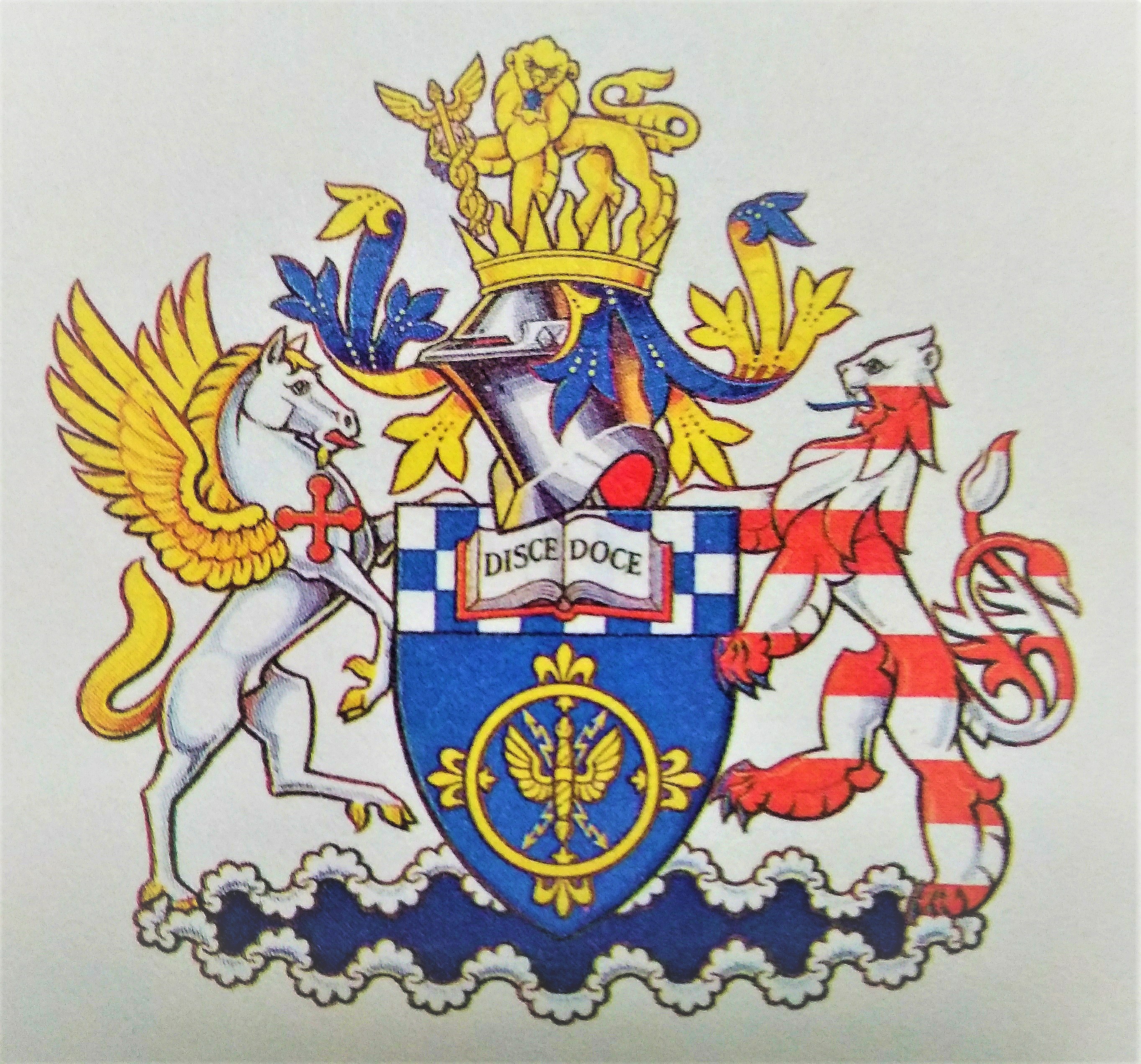|
Belfast Boys' Model School
Belfast Boys' Model School (formerly Belfast Model School or Belfast District Model School) is a boys only secondary school in Belfast, Northern Ireland. History During its long history, the Belfast Model School has been located on three sites: * Divis Street 1857–1922 * Cliftonville Road 1922–1954 * Ballysillan Road (boys) since 1957 Building of the Belfast District Model School began in Divis Street in 1854, on a 100-acre tract of land leased by the Commissioners of Education in Ireland, and the school was opened on 19 May 1857. It was to be a "model" for all other schools in the district, and the thirteenth of its kind. On 22 December 1879, Prof. John Perry, president of the Institution of Electrical Engineers, highlighted the Belfast Model as an example to be followed in a proposed reform of technical education in England. During riots and arson attacks surrounding the consideration of the Anglo-Irish Treaty in May 1922, the Divis Street premises were burned down ... [...More Info...] [...Related Items...] OR: [Wikipedia] [Google] [Baidu] |
Belfast
Belfast ( , ; from ga, Béal Feirste , meaning 'mouth of the sand-bank ford') is the capital and largest city of Northern Ireland, standing on the banks of the River Lagan on the east coast. It is the 12th-largest city in the United Kingdom and the second-largest in Ireland. It had a population of 345,418 . By the early 19th century, Belfast was a major port. It played an important role in the Industrial Revolution in Ireland, briefly becoming the biggest linen-producer in the world, earning it the nickname " Linenopolis". By the time it was granted city status in 1888, it was a major centre of Irish linen production, tobacco-processing and rope-making. Shipbuilding was also a key industry; the Harland and Wolff shipyard, which built the , was the world's largest shipyard. Industrialisation, and the resulting inward migration, made Belfast one of Ireland's biggest cities. Following the partition of Ireland in 1921, Belfast became the seat of government for Northern ... [...More Info...] [...Related Items...] OR: [Wikipedia] [Google] [Baidu] |
Northern Ireland
Northern Ireland ( ga, Tuaisceart Éireann ; sco, label=Ulster-Scots, Norlin Airlann) is a part of the United Kingdom, situated in the north-east of the island of Ireland, that is variously described as a country, province or region. Northern Ireland shares an open border to the south and west with the Republic of Ireland. In 2021, its population was 1,903,100, making up about 27% of Ireland's population and about 3% of the UK's population. The Northern Ireland Assembly (colloquially referred to as Stormont after its location), established by the Northern Ireland Act 1998, holds responsibility for a range of devolved policy matters, while other areas are reserved for the UK Government. Northern Ireland cooperates with the Republic of Ireland in several areas. Northern Ireland was created in May 1921, when Ireland was partitioned by the Government of Ireland Act 1920, creating a devolved government for the six northeastern counties. As was intended, Northern Irela ... [...More Info...] [...Related Items...] OR: [Wikipedia] [Google] [Baidu] |
Secondary School
A secondary school describes an institution that provides secondary education and also usually includes the building where this takes place. Some secondary schools provide both '' lower secondary education'' (ages 11 to 14) and ''upper secondary education'' (ages 14 to 18), i.e., both levels 2 and 3 of the ISCED scale, but these can also be provided in separate schools. In the US, the secondary education system has separate middle schools and high schools. In the UK, most state schools and privately-funded schools accommodate pupils between the ages of 11–16 or 11–18; some UK private schools, i.e. public schools, admit pupils between the ages of 13 and 18. Secondary schools follow on from primary schools and prepare for vocational or tertiary education. Attendance is usually compulsory for students until age 16. The organisations, buildings, and terminology are more or less unique in each country. Levels of education In the ISCED 2011 education scale levels 2 and ... [...More Info...] [...Related Items...] OR: [Wikipedia] [Google] [Baidu] |
Belfast Education And Library Board
Education in Northern Ireland differs from education systems elsewhere in the United Kingdom (although it is relatively similar to Wales), but is similar to the Republic of Ireland in sharing in the development of the ''national school'' system and serving a similar society with a relatively rural population. A child's age on 1 July determines the point of entry into the relevant stage of education in the region, whereas the relevant date in England and Wales is 1 September. Overview As with the island of Ireland as a whole, Northern Ireland has one of the youngest populations in Europe and, among the four UK nations, it has the highest proportion of children aged under 16 years (21% in mid-2019). In the most recent full academic year (2021-2022), the region's school education system comprised 1,124 schools (of all types) and around 346,000 pupils, including: * 796 primary schools with 172,000 pupils; * 192 post-primary schools with 152,000 pupils; * 126 non-grammar post-pr ... [...More Info...] [...Related Items...] OR: [Wikipedia] [Google] [Baidu] |
Secondary School
A secondary school describes an institution that provides secondary education and also usually includes the building where this takes place. Some secondary schools provide both '' lower secondary education'' (ages 11 to 14) and ''upper secondary education'' (ages 14 to 18), i.e., both levels 2 and 3 of the ISCED scale, but these can also be provided in separate schools. In the US, the secondary education system has separate middle schools and high schools. In the UK, most state schools and privately-funded schools accommodate pupils between the ages of 11–16 or 11–18; some UK private schools, i.e. public schools, admit pupils between the ages of 13 and 18. Secondary schools follow on from primary schools and prepare for vocational or tertiary education. Attendance is usually compulsory for students until age 16. The organisations, buildings, and terminology are more or less unique in each country. Levels of education In the ISCED 2011 education scale levels 2 and ... [...More Info...] [...Related Items...] OR: [Wikipedia] [Google] [Baidu] |
HM Stationery Office
The Office of Public Sector Information (OPSI) is the body responsible for the operation of His Majesty's Stationery Office (HMSO) and of other public information services of the United Kingdom. The OPSI is part of the National Archives of the United Kingdom and is responsible for Crown copyright. The OPSI announced on 21 June 2006 that it was merging with the National Archives. The merger took place in October 2006. The OPSI continues to discharge its roles and responsibilities from within the structure of the National Archives. Controller of HMSO and Director of OPSI The Controller of HMSO is also the Director of OPSI. HMSO continues to operate from within the expanded remit of OPSI. The Controller of HMSO also holds the offices of Kings's Printer of Acts of Parliament, King's Printer for Scotland and Government Printer for Northern Ireland. By virtue of holding these offices OPSI publishes, through HMSO, the ''London Gazette'', ''Edinburgh Gazette'', ''Belfast Gazette'' a ... [...More Info...] [...Related Items...] OR: [Wikipedia] [Google] [Baidu] |
John Perry (engineer)
John Perry (14 February 1850 – 4 August 1920) was a pioneering engineer and mathematician from Ireland. Life He was born on 14 February 1850 at Garvagh, County Londonderry, the second son of Samuel Perry and a Scottish-born wife. John's brother James was the County Surveyor in Galway West and co-founded the Galway Electric Light Company. One of his daughters, Alice, was the one of the first women in the world with an engineering degree. Perry worked as Lord Kelvin's assistant at the University of Glasgow, and later became professor of mechanical engineering at Finsbury Technical College. He was a colleague of William Edward Ayrton and John Milne at the Imperial College of Engineering in Tokyo, 1875–79, and was also a Fellow of the Royal Society. He was professor of mathematics at Imperial College in London from 1896 to 1913. In 1900 he was elected president of the Institution of Electrical Engineers, and from 1906–08 served as president of the Physical Society of Londo ... [...More Info...] [...Related Items...] OR: [Wikipedia] [Google] [Baidu] |
Institution Of Electrical Engineers
The Institution of Electrical Engineers (IEE) was a British professional organisation of electronics, electrical, manufacturing, and Information Technology professionals, especially electrical engineers. It began in 1871 as the Society of Telegraph Engineers. In 2006, it changed its name to the Institution of Engineering and Technology (IET). Notable past presidents have included Lord Kelvin (1889), Sir Joseph Swan (1898) and Sebastian de Ferranti (1910–11). Notable chairmen include John M. M. Munro (1910–11). History The IEE was founded in 1871 as the Society of Telegraph Engineers, changed its name in 1880 to the Society of Telegraph Engineers and Electricians and changed to the Institution of Electrical Engineers in 1888. It was Incorporated by a Royal Charter in 1921. In 1988 the Institution of Electrical Engineers (IEE) merged with the Institution of Electronic and Radio Engineers (IERE), originally the British Institution of Radio Engineers (Brit IRE) foun ... [...More Info...] [...Related Items...] OR: [Wikipedia] [Google] [Baidu] |
Anglo-Irish Treaty
The 1921 Anglo-Irish Treaty ( ga , An Conradh Angla-Éireannach), commonly known in Ireland as The Treaty and officially the Articles of Agreement for a Treaty Between Great Britain and Ireland, was an agreement between the government of the United Kingdom of Great Britain and Ireland and representatives of the Irish Republic that concluded the Irish War of Independence. It provided for the establishment of the Irish Free State within a year as a self-governing dominion within the "community of nations known as the British Empire", a status "the same as that of the Dominion of Canada". It also provided Northern Ireland, which had been created by the Government of Ireland Act 1920, an option to opt out of the Irish Free State (Article 12), which the Parliament of Northern Ireland exercised. The agreement was signed in London on 6 December 1921, by representatives of the British government (which included Prime Minister David Lloyd George, who was head of the British delegates) ... [...More Info...] [...Related Items...] OR: [Wikipedia] [Google] [Baidu] |
Tripartite System
The Tripartite System was the arrangement of state-funded secondary education between 1945 and the 1970s in England and Wales, and from 1947 to 2009 in Northern Ireland. It was an administrative implementation of the Education Act 1944 and the Education Act (Northern Ireland) 1947. State-funded secondary education was to be arranged into a structure containing three types of school, namely: grammar school, secondary technical school (sometimes described as "technical grammar", or "technical high" schools) and secondary modern school. Not all education authorities implemented the tripartite system; many maintained only two types of secondary school, the grammar and the secondary modern. Pupils were allocated to their respective types of school according to their performance in the 11-plus or the 13-plus examination. It was the prevalent system under the Conservative governments of the 1951 to 1964 period, but was actively discouraged by the Labour government after 1965. It w ... [...More Info...] [...Related Items...] OR: [Wikipedia] [Google] [Baidu] |
Belfast Model School For Girls
Belfast Model School for Girls is an all-girls' school in Belfast, Northern Ireland. Also Known as "G.M.S" (Girls Model School). In 2006, the school was granted specialist school status for Information technology, ICT, one of only 12 schools in Northern Ireland to achieve this. It is within the Belfast Region of the Education Authority (formerly the Belfast Education and Library Board. In 2020, the school was a recipient a donation of 45 (out of a total of 225) laptops from the Belfast Charitable Society, jointly with the Halifax Foundation and the Irish National Lottery (Ireland), National Lottery Community Fund. The laptops were donated to assist with home-schooling during the COVID-19 pandemic. References External links Belfast Model School for Girls [...More Info...] [...Related Items...] OR: [Wikipedia] [Google] [Baidu] |
List Of Secondary Schools In Belfast
This is a list of secondary schools and grammar schools in Belfast, Northern Ireland. The type, sector and Department of Education NI reference number is included alongside. Notes References See also * List of secondary schools in Northern Ireland * List of grammar schools in Belfast * List of grammar schools in Northern Ireland * List of integrated schools in Northern Ireland * List of primary schools in Northern Ireland This is a list of state maintained primary schools in Northern Ireland. __NOTOC__ A * Abbey Primary School, Newtownards, County Down * Abbots Cross Primary School, Newtownabbey, County Antrim * Abercorn Primary School, Banbridge, County Down * ... {{Education in Northern Ireland Secondary schools in Belfast Schools, Secondary Secondary, Belfast ... [...More Info...] [...Related Items...] OR: [Wikipedia] [Google] [Baidu] |
.png)





